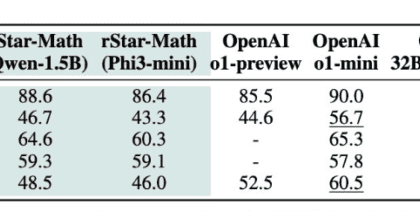Intel unveiled its significant improvements in the packaging of its next-generation chips
Intel is working hard to overcome the limitations imposed by Moore’s Law, and in this regard, it has reported significant progress in creating glass substrates for advanced packaging in its next-generation technology.
According to Hoshio, the major chip maker said this remarkable achievement is set to change the limits of making tiny transistors and help data-driven applications and the advancement of Moore’s Law. The company predicts that the number of transistors in computer chips will double every two years. Intel has also announced that it plans to use glass layers in its chips by the end of 2020. The company made the announcement ahead of its Intel Innovation 2023 conference in San Jose, California this week.
Chip technology has advanced twice as much in the past six decades thanks to this effect. In 1971, the first Intel microprocessor had 2,300 transistors. Now the flagship chips of this company have more than 100 billion transistors. However, most of this growth was achieved by reducing the space between on-chip circuits. But unfortunately, that progress is now slowing down because chip layers are now so small that they are at the atomic level.
So in a surprising move, Intel has discovered a new approach to keeping chip technology in line with Moore’s Law. Instead of shrinking chip packages, they are now focusing on creating larger chip packages, which they believe will lead to further improvements.
The use of glass enables Intel to create a 50% larger chip space in a package to accommodate more chips in an electrical package.
“Intel predicts that by the end of the decade, 30 trillion transistors will be packaged on a glass substrate with other innovations such as 3D layouts,” said Rahul Manpali, an Intel member and director of substrate module engineering, at a press conference.
“We use our glass core underlayer technology, which increases feature scaling and enables smaller, more advanced components on computer chips,” he said. This allows us to do things that an organic package cannot do. This allows us to improve the power delivery to these AI-based and data-driven chips. This enables us to perform high-speed I/O signals that are not possible in organic packages. Losses need a signal.
This also enables high production efficiency and low costs, Manpali said. Glass substrates will be another option for faster and better bonding, along with other advancements such as 3D packaging.
History of chip packaging
From the 1970s to the 1990s, early microprocessors used lead wireframe packages. Then the industry turned to ceramic pins for packages. Then came the grid-ball arrays with a flip organic (BGA) chip. Lead-free and halogen-free packaging solutions were introduced in the early 2000s. Now Intel is trying to pack more chips into a package, but there are limits to organic packaging technology.
Now chip packages are getting bigger and bigger, and artificial intelligence is increasing the demand for more performance.
He said: “We are at an inflection point and we see that the use of glass core substrates greatly increases the electrical and mechanical properties. “We have shown through some of our internal studies that the density achieved in a glass core can be up to 10 times or more compared to an organic core.”
Intel has been making a lot of tweaks recently to improve the connections between its computer chips. They achieve this by putting multiple chips together in an electronic package. According to Manepali, Intel has been using its multi-connectivity technology since 2017 to achieve this goal.
The company is changing the spacing between the molds used in its factories. They make the space between the molds smaller, from 55 microns to 45 microns and 36 microns. Intel has also been using their 2.5D technology since 2019, which enables them to stack chips using a 3D stacking technology called Foveros.

RCO NEWS
















